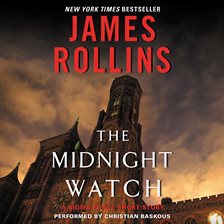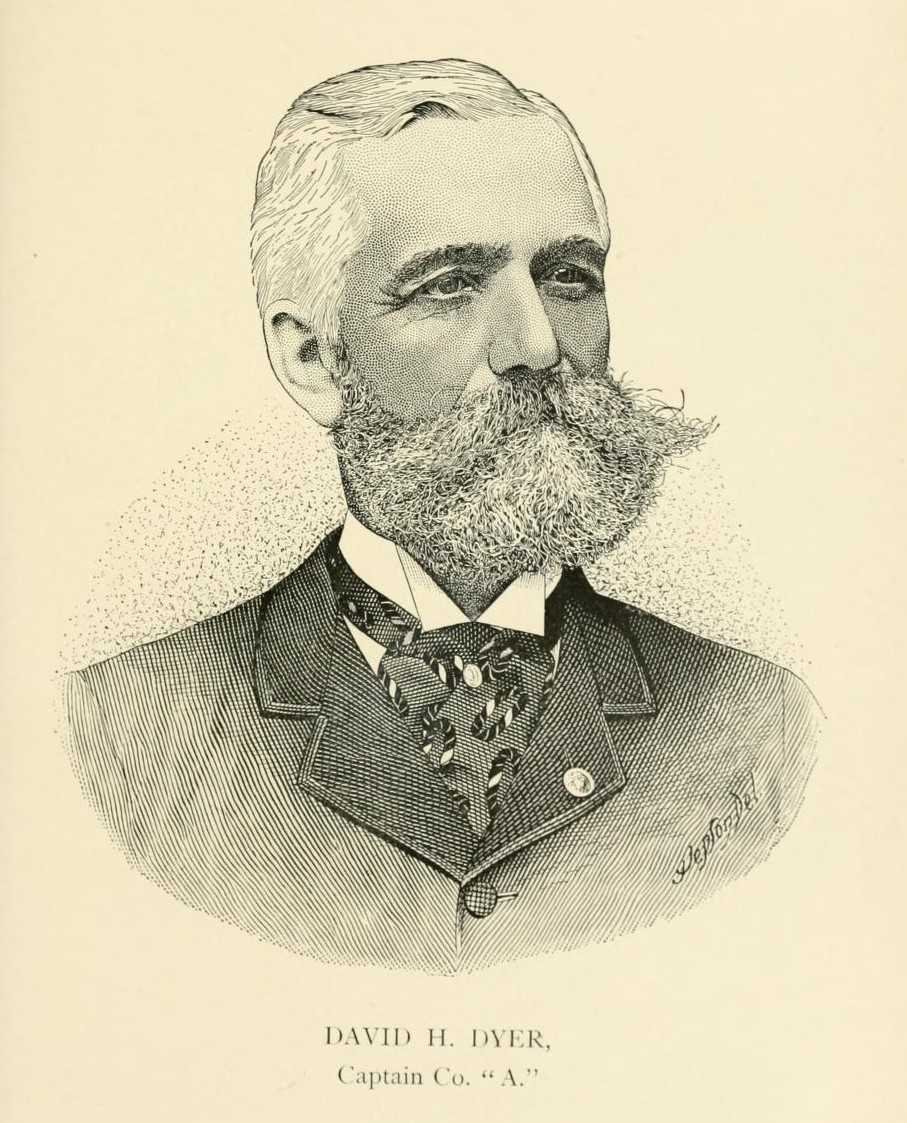

Consider Olive's argument about the order of preference for those boarding the Titanic's lifeboats (page 136).Consider the ways in which The Midnight Watch reflects on technological change: the effect of new technologies on Steadman's job, on daily life, on the maritime industry, and anything else that strikes you.How might you describe the characterization of other cities in the novel (New York, Washington, London, Liverpool)? Discuss the way in which The Midnight Watch brings vividly to life the Boston of Steadman's time.


Told not only from the perspective of the SS Californian crew, but also through the eyes of a family of third-class passengers who perished in the disaster, the narrative is drawn together by Steadman, a tenacious Boston journalist who does not rest until the truth is found. The Midnight Watch is a fictional telling of what may have occurred that night on the SS Californian, and the resulting desperation of Officer Stone and Captain Lord in the aftermath of their inaction. When they learned of the extent of the tragedy, Lord and Stone did everything they could to hide their role in the disaster, but pursued by newspapermen, lawyers, and political leaders in America and England, their terrible secret was eventually revealed. The next morning, the Titanic was at the bottom of the sea and more than 1,500 people were dead. Eight rockets were fired during the dark hours of the midnight watch, and eight rockets were ignored. He alerted the captain, Stanley Lord, who was sleeping in the chartroom below, but Lord did not come to the bridge. Second Officer Herbert Stone, in charge of the midnight watch on the SS Californian sitting idly a few miles north, saw the distress rockets that the Titanic fired. As the Titanic and her passengers sank slowly into the Atlantic Ocean after striking an iceberg late in the evening of April 14, 1912, a nearby ship looked on.


 0 kommentar(er)
0 kommentar(er)
